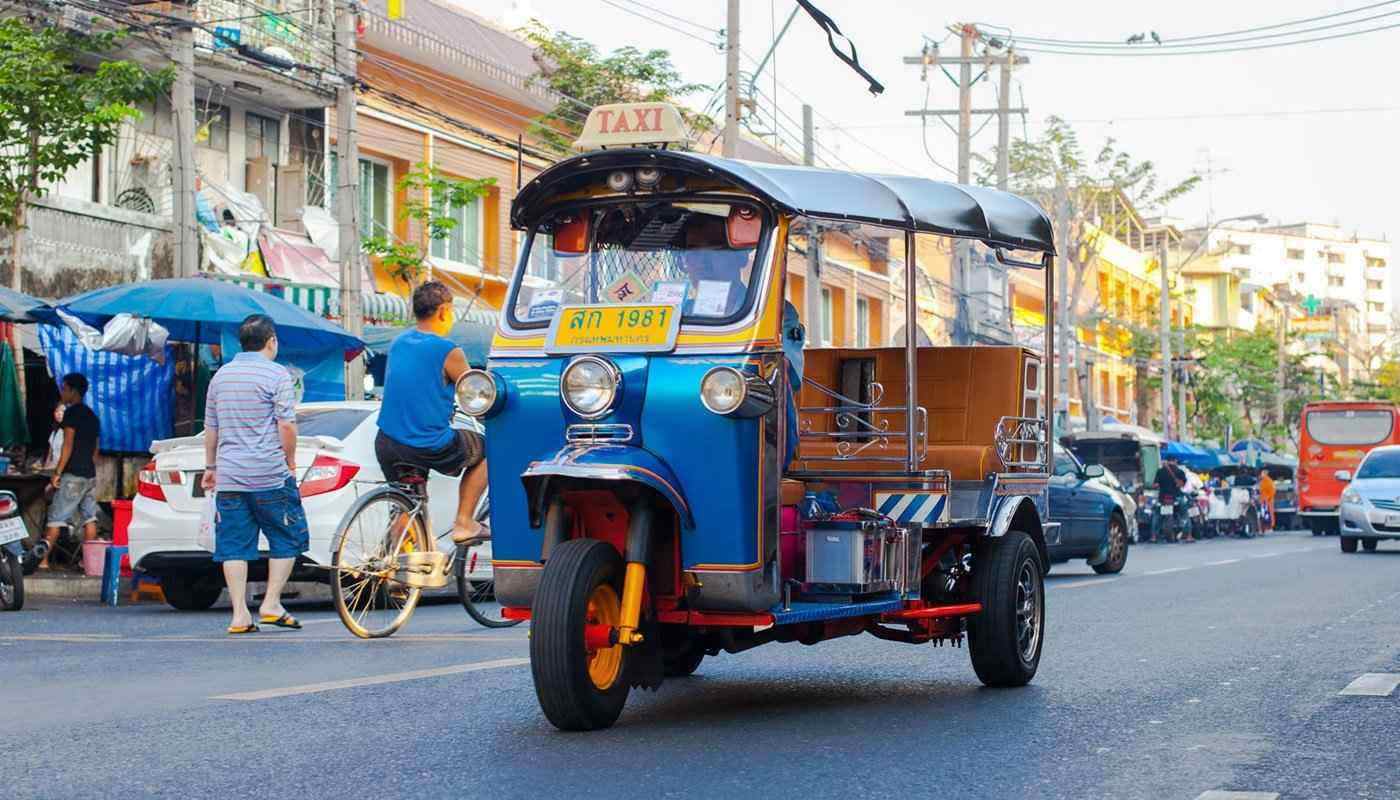There are some differences between rickshaws and autorickshaws in Bangladesh. Rickshaw refers to a three-wheeled vehicle driven by foot pedals. Autorickshaws are battery-powered three-wheelers in our country. Now there are some rickshaws that run on batteries instead of paddles. There is no substitute for rickshaws or autorickshaws as a means of getting around and at a low cost. There are some differences between autorickshaws now, autorickshaws include easy bikes, engine-driven autorickshaws, and CNG.
These easy bikes or autorickshaws are now becoming popular in different cities of Bangladesh. Autorickshaw tuk-tuk is becoming popular not only in Bangladesh or the Asian region but all over the world. Autorickshaws of different countries are different. However, in most countries, autorickshaws are better known as tuktuk.
The first Japanese three-wheeler was exported to Thailand in 1934. Japan’s Ministry of Post supplies about 20,000 autorickshaws to Southeast Asia. Many types, many designs, many types of autorickshaws are being made now. The most commonly used model, however, is its body sheet and metal. And the roof is made of curtains painted in paints. In some rickshaws, the driver has a separate place called home. These are called autorickshaws.
Thailand: Where Tuktuk begins
Thailand is one of the favorite places of tourists. Thousands of people travel to Thailand every year. In Thailand, this rickshaw is basically called ‘Tuktuk’. There is a lot of noise while driving these tuk-tuk autorickshaws in Thailand. It looks like a sack that encloses with a drawstring. Tuktuk autorickshaws are usually very suitable for narrow roads.
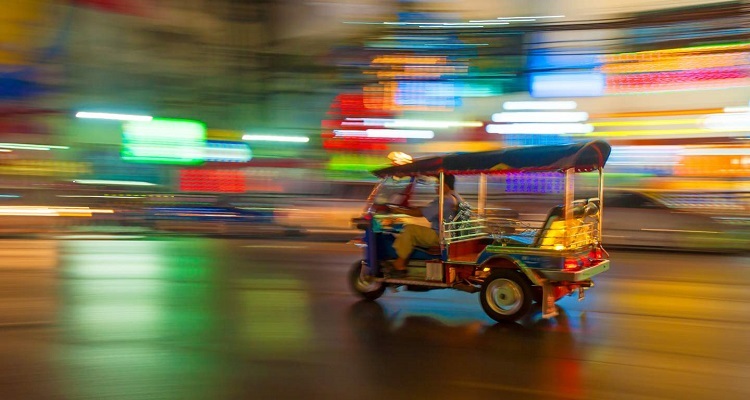
Tuktuk autorickshaws in Thailand run on auto engines. Now there are many autorickshaws in Bangladesh that are made with such battery-powered engines. Tuktuk autorickshaws are more popular in Thailand because they are cheaper and more comfortable to ride in hot weather.
Asia
Bangladesh: Rickshaws are basically driven by the power of the human body which is very inhuman in the true sense. And the rickshaws that run in Bangladesh are paddled, like bicycles. At first, there was a baby taxi and now it is called CNG and Easybike. To prevent environmental pollution, autorickshaws (baby taxis) with all types of engines were banned from Dhaka in 2006. Now only green painted CNGs are allowed in Dhaka, which has two-stroke engines, are fuel-efficient, and have meters installed. The color green indicates that CNG is environmentally friendly.
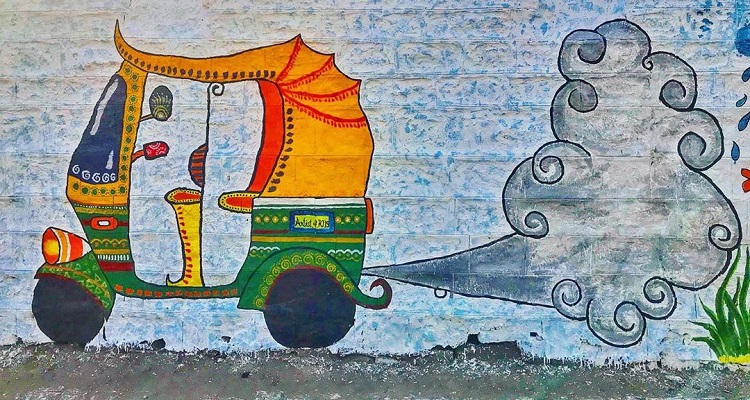
Cambodia: Cambodia has a passenger seat with a motorcycle. More than 8,000 rickshaws run here.
India: There are two types of autorickshaws in India. One has an engine under the driver’s seat and the other has an engine in the back. India is a very large and large country in terms of population, with about 1.5 million battery-powered autorickshaws plying in India.
Pakistan: Autorickshaws run in most parts of Pakistan. This vehicle is usually more popular for getting around. The Pakistanis call this vehicle ‘Chand Gaari’ meaning ‘Moon Car’. Rickshaws are banned in the Pakistani capital, but rickshaws and autorickshaws run elsewhere.
Philippine: Tuktuk Autorickshaws are one of the most popular vehicles in the Philippines. These tuk-tuk autorickshaws can be seen on various roads in the Philippines, especially in the city of Manila. Tuktuk Autorickshaws are supplied through Bajaj Auto Dealership. The English letter ‘e’ is called ‘e-tricks’.
China: Many types of autorickshaws can be seen in China. Among them, this tuktuk autorickshaw is also seen running. However, for safety reasons, autorickshaws have been banned in most parts of China.
Sri Lanka: Tuktuk autorickshaw is a very popular vehicle in Sri Lanka. In this they move by themselves, bringing passengers from far and near. Even Sri Lankans travel with foreign tourists. In 2007, the Sri Lankan government banned the use of these three-wheeled three-wheeled ‘tricks’ to prevent environmental pollution.
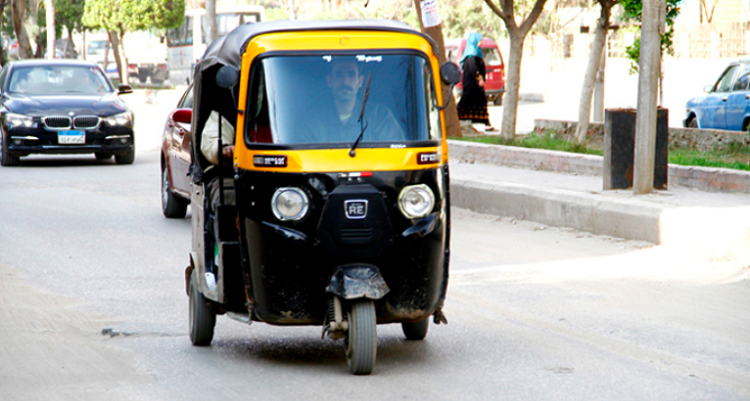
Africa and the Middle East
Egypt: Tuktuk rickshaws are used in some local areas in Egypt. However, it is being speculated that these autorickshaws will be removed and minivans will be unloaded.
Palestine: Since 2010, Tuktuk rickshaws have been used in Gaza instead of all kinds of animal-powered vehicles.
Madagascar: The use of rickshaws was more common in Madagascar than among many urban people, but now the use of tuk-tuks is also seen.
Nigeria: some autorickshaws are seen here and they are called ‘KK’. However, these autorickshaws are not allowed on the highways of Nigeria.
South Africa: The people of South Africa use these tuk-tuk rickshaws with great pleasure, especially the grocers.
Tanzania: In Tanzania, these rickshaws are known as ‘Bajaji’.
Sudan: people call these rickshaws ‘rickshaws’. Used in most places around the city.
Zimbabwe: ‘Hande Moto’ was the first to make this three-wheeled vehicle in Zimbabwe. These cars have safari fiberglass on their bodies. These three-wheeled vehicles were commonly used for transportation in the village.
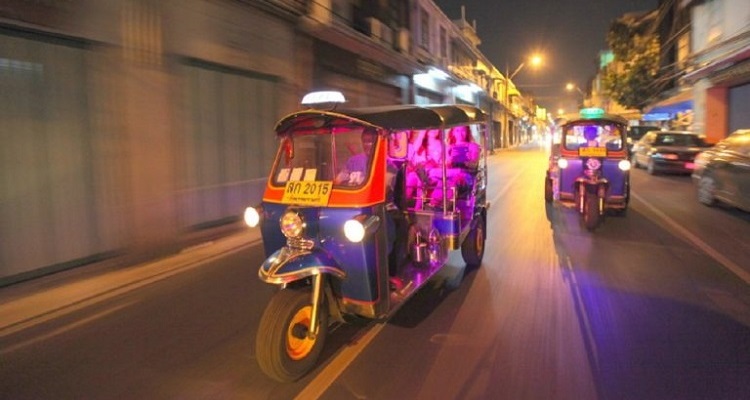
Europe
France: There are several tuk-tuk autorickshaws for tourists to travel to Paris, France. Some of these are paddles and some are engine driven.
Italy: Italian autorickshaws have been used in Italy for centuries. This tuk-tuk autorickshaw has been in Italy since World War II. Tuktuk is still very popular in some parts of Italy.
UK: Tuktuk Autorickshaws were rented and sold in 2004 at a shop called TukShop in the UK. Tuktuk autorickshaws have been known in the UK since then.
British travel writer ‘Antonia Bowlingbrook Kent’ and her friend ‘Joe Hawxster’ entered the Guinness Book of World Records in an autorickshaw in 2006. They traveled about 12,561 miles from Bangkok to Brighton in an autorickshaw for 98 days. Passed Belgium, France, Kazakhstan countries. A terrible earthquake struck while crossing China. The name of the pink autorickshaw they traveled in was ‘Ting-Tong’.
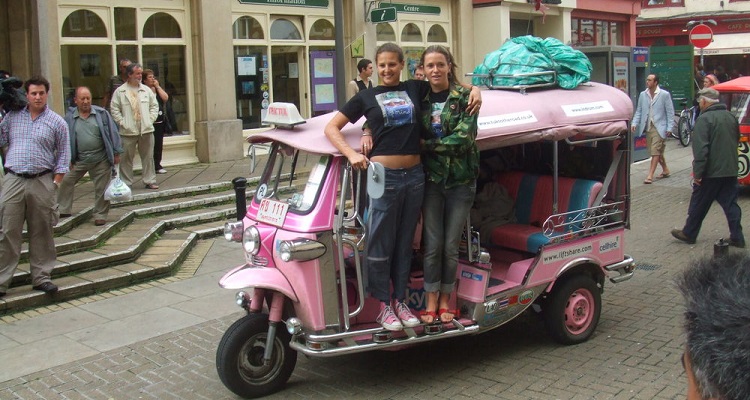
America
El Salvator: Another version of the El Salvator Tuktuk autorickshaw is the Mototaxi, which is popular in El Salvator. These were accompanied by the Indian Bajaj brand.
Guatemala: Flores Peten, Antigua Guatemala Tuktuk vehicles can be seen in these small hill towns.
US: These tuk-tuk autorickshaws were used to send letters to the United States in the 1970s.
Cuba: these tuk-tuk rickshaws were called ‘coco taxis’ because they looked like coconuts.
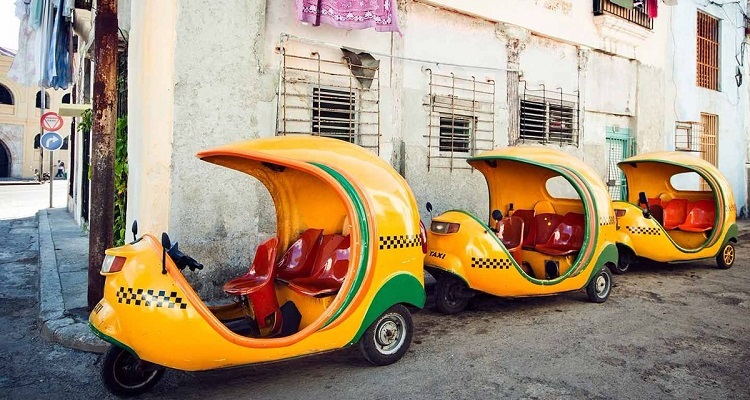
Peru: Another version of this tuk-tuk autorickshaw that runs in Peru is called ‘moto taxi’.
Autorickshaws are very popular with the people, so a lot of work is being done to improve these autorickshaws. Different countries are trying to turn autorickshaws into self-driving autorickshaws. Although the autorickshaw is a full-fledged city, it has various obstacles on the road for parking and picking up passengers from there. In the end, it can be said that tuk-tuk autorickshaws are always more popular as they are readily available and universal.
